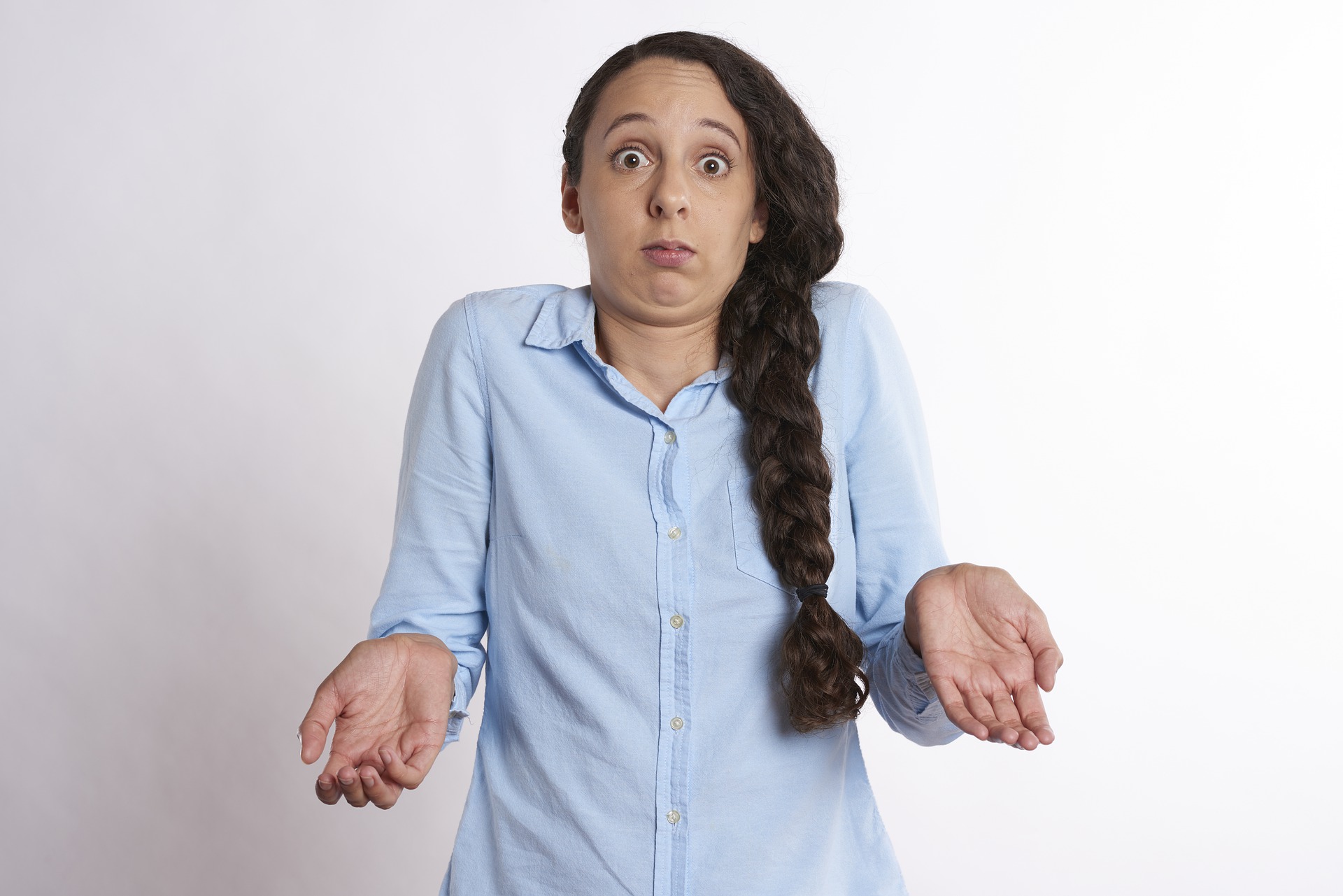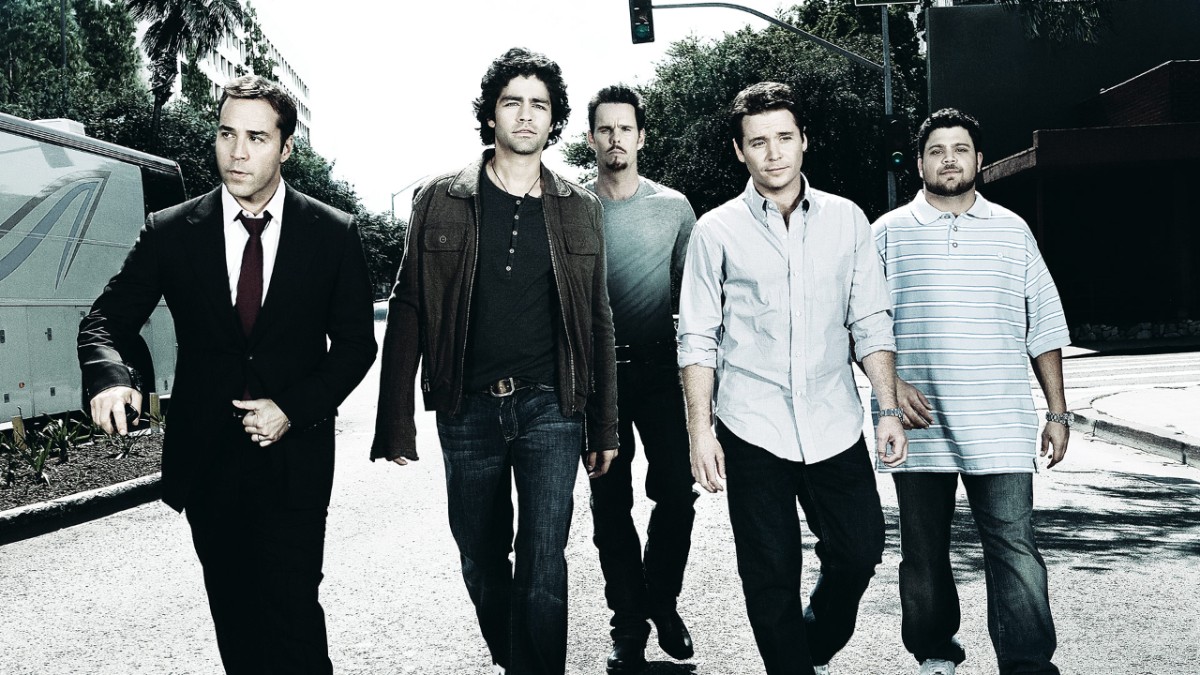In this contributor article, Nic Dobija-Nootensof CBD Hacker provides the knowledge about high-CBD cannabis strains.

The following is an article produced by a contributing author. Growers Network does not endorse nor evaluate the claims of our contributors, nor do they influence our editorial process. We thank our contributors for their time and effort so we can continue our exclusive Growers Spotlight service.
When you want to harness the CBD found in cannabis, there are a lot of variables to consider.
Different cannabis varieties can be grown with a range of CBD levels, and high-CBD strains that contain enough THC to be categorized as “marijuana” can offer different benefits than high-CBD hemp.
So, if you want to take advantage of all that high-CBD cannabis has to offer, and you want to understand what constitutes high-CBD, follow along through our helpful guide.
WHAT IS HIGH-CBD CANNABIS?

It can be tricky to determine when to label a cannabis strain as “high CBD.” That’s because there is not a universal threshold that qualifies. And depending on the relative amount of THC in a strain, you may notice the effects of the CBD more or less than cannabis strains with less THC.
When people talk about cannabis, they generally tend to focus on THC levels, rather than CBD levels. For instance, depending on its THC levels, a cannabis plant is classified as either marijuana or hemp. Marijuana plants can have THC levels as low as 10 percent and as high as 25 percent or even 28 percent. Hemp plants, however, are legally required to have much lower levels of THC, around 0.3 percent.
It’s common for marijuana strains to have low levels of CBD. Purple Kush, for instance, averages less than 1 percent CBD, and Blue Dream averages between 1-2 percent CBD.
So, compared to typical marijuana strains, a relatively high-CBD strain could simply be anything higher than 2% CBD. But in order to feel its effects more strongly, high-CBD marijuana will generally have higher CBD levels, closer to 5% CBD.
Hemp is often grown with higher CBD content, so a high-CBD hemp strain would have much more CBD than a high-CBD marijuana strain.
When looking for high-CBD cannabis, it’s important to first see if you want marijuana or hemp. If you want a high THC content, then you’d look at marijuana strains with CBD levels between 2-5 percent. If you don’t want much THC, then look for hemp strains.
WHY PEOPLE USE HIGH-CBD STRAINS
You might be interested in high-CBD cannabis if you want to take advantage of CBD’s many therapeutic properties. High-CBD cannabis can help with relieving minor aches and pains or sleeplessness, as well as more serious conditions like epilepsy or opioid addiction. But depending on the intended use, you may want different amounts of CBD.
For people treating epilepsy, they may need really high-CBD hemp strains like Charlotte’s Web, Remedy, and Avidekel, that have between 10-20 percent CBD. But for those treating less severe health conditions, or who just want relaxing effects, they may not need such high levels.
Ultimately, everyone’s body reacts to CBD slightly differently, so finding the CBD levels that work best for you will take some experimenting. You may see that you get the desired effects from lower levels of CBD, or you may see that you really benefit from much higher levels of CBD.
HIGH-CBD MARIJUANA
When looking for high-CBD marijuana strains, it’s best to look at the ratios of THC to CBD rather than simply the amount of CBD. When THC and CBD are combined, they can enhance each other’s therapeutic properties. This is part of a phenomenon known as the “entourage effect.”

If you’re using marijuana but want to tamper down the “high” from THC, you might prefer a high-CBD strain. That’s because high amounts of CBD should mellow out the THC’s psychoactive effects. A strain like Harlequin, which has a CBD to THC ratio of 5:2, would be good for this.
But if you want to keep the full psychoactive effects of THC, you might prefer a lower CBD to THC ratio. In that case, the CBD and THC should work together to help with whichever therapeutic relief you’re seeking. But the low level of CBD won’t dampen the THC’s “high.” A strain like Pennywise, which has a 1:1 CBD to THC ratio, is perfect for this.
HIGH-CBD HEMP
You may be familiar with hemp as a manufacturing material for things like tote bags and clothes. However, hemp is also grown as a source of CBD. High-CBD hemp strains are great for anyone looking for the therapeutic benefits of CBD without the psychoactive “high” that comes from THC.
The most well-known strain of high-CBD hemp is Charlotte’s Web. This strain was developed to treat epilepsy and has around 12 percent CBD. Another notable high-CBD strain is Avidekel. This has close to 16 percent CBD and has, supposedly, zero THC, which would be the lowest THC level of any cannabis plant today.
HOW PEOPLE CONSUME HIGH-CBD STRAINS
High-CBD marijuana strains are typically consumed as a smokable flower, or in extracts, edibles, or other products. They can essentially be treated like regular marijuana, except the “high” you would get from smoking them will not be as potent as marijuana with lower CBD levels.
While high-CBD hemp strains are usually consumed as extracted CBD oil, certain ones can also be smoked or vaporized. Traditional hemp was not potent enough for this delivery method, but some newer strains contain enough cannabinoids in the flower to make inhalation effective.
Editor’s Note: Want to know even more about CBD? You can find articles on GrowersNetwork focused on…
and CBD for Cats
You can also check out TruPotency, the only online retailer that 3rd party tests every product they sell!
10 Best Gift Ideas for Cannabis Connoisseurs and Growing Aficionados (2022)
December 7, 2022Developing and Optimizing a Cannabis Cultivation System
December 14, 2021Dealing with Insomnia: How Can CBD Help?
December 10, 2020Your Guide to Sleep and CBD
December 7, 2020
Do you want to receive the next Grower's Spotlight as soon as it's available? Sign up below!

Do you have any questions or comments?

About the Author
Nic Dobija-Nootens lives in New York and writes about skateboarding, podcasts, TV, and many other things he refuses to grow out of. See what ails him at @noochens